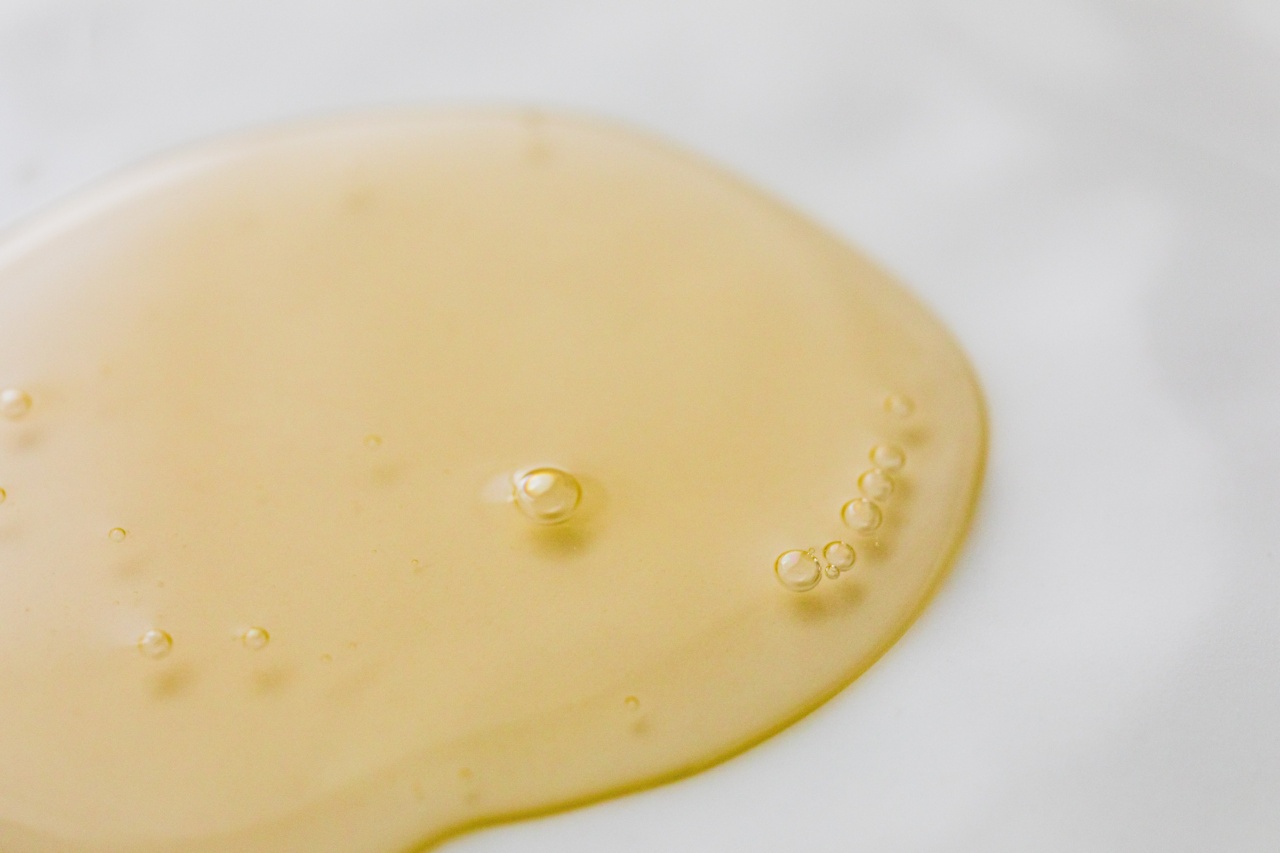Diabetes is a chronic disease that affects millions of people worldwide. It is characterized by high blood sugar levels, either due to the body’s inability to produce enough insulin or the inability to use it effectively.
While there are various treatment options available to manage diabetes, researchers have recently discovered a promising therapy that may help in controlling this condition – cold shower therapy.
What is Cold Shower Therapy?
Cold shower therapy, also known as cold hydrotherapy or cold water immersion, involves exposing the body to cold water for a specific duration. This therapy has been practiced for centuries in various cultures for its health benefits.
In recent years, researchers have started investigating its potential effects on managing diabetes.
The Science Behind Cold Shower Therapy and Diabetes
When exposed to cold water, our body activates a natural response known as cold thermogenesis. During this process, our body’s metabolic rate increases, and we begin to generate and burn more energy.
Cold shower therapy has been found to improve insulin sensitivity, which is particularly beneficial for individuals with diabetes.
Insulin is a hormone produced by the pancreas that helps regulate blood sugar levels. In people with diabetes, either the body does not produce enough insulin (Type 1 diabetes) or cannot use insulin effectively (Type 2 diabetes).
As a result, glucose remains in the bloodstream, leading to high blood sugar levels.
Studies have shown that cold shower therapy can enhance insulin sensitivity, allowing the body to utilize insulin more efficiently.
When insulin sensitivity improves, cells become more responsive to insulin, which helps glucose enter cells and remove it from the bloodstream. This effect can potentially help individuals with diabetes maintain stable blood sugar levels.
The Benefits of Cold Shower Therapy for Diabetes Management
1. Improved Insulin Sensitivity: As mentioned earlier, cold shower therapy can enhance insulin sensitivity, making the body more responsive to insulin.
This may result in better glucose control and reduced insulin resistance commonly seen in individuals with diabetes.
2. Increased Calorie Expenditure: Cold shower therapy activates brown fat in the body, which is responsible for burning calories to generate heat.
This increased calorie expenditure can potentially assist in weight management, which is crucial for individuals with diabetes as obesity is a risk factor for this condition.
3. Reduced Inflammation and Oxidative Stress: Inflammation and oxidative stress are common in individuals with diabetes and can contribute to complications associated with the disease.
Cold shower therapy has been found to have anti-inflammatory and antioxidant effects, which may help reduce overall inflammation and oxidative stress levels.
4. Enhanced Blood Circulation: Cold shower therapy promotes blood vessel constriction and subsequent dilation, causing increased blood flow to various parts of the body.
Improved blood circulation is vital for individuals with diabetes, as it helps deliver essential nutrients and oxygen to tissues and promotes wound healing.
5. Heightened Mental Well-being: Taking cold showers has been associated with increased alertness, improved mood, and enhanced mental clarity.
Managing diabetes requires consistent focus and determination, and the mental benefits of cold shower therapy can support individuals in staying motivated and disciplined in their diabetes management routine.
How to Incorporate Cold Shower Therapy into Your Routine
If you are considering cold shower therapy to aid in diabetes management, it is essential to introduce it gradually and consult with your healthcare provider beforehand. Here are some tips to incorporate cold shower therapy into your routine:.
1. Start Slow: Begin by gradually decreasing the water temperature during your regular showers. You can start with lukewarm water and then gradually reduce it to a colder temperature over time.
2. Time it Right: Aim for cold showers in the morning to invigorate your senses and start your day on a fresh note. However, avoid taking cold showers right before bedtime, as they may interfere with your sleep patterns.
3. Short and Sweet: Start with shorter cold shower sessions, such as 1-3 minutes, and gradually increase the duration as your body adjusts to the cold temperature.
4. Focus on Warm-Up and Cool-Down: Before and after your cold shower, engage in warm-up exercises or activities to prepare your body for the cold temperature and promote blood circulation.
5. Seek Professional Guidance: If you have any underlying health conditions or concerns, it is crucial to consult with your healthcare provider before incorporating cold shower therapy into your routine.
They can provide personalized advice based on your specific needs.
Conclusion
While cold shower therapy shows promise in managing diabetes, it is important to note that it is not a standalone treatment and should be used in conjunction with other recommended therapies and lifestyle modifications.
Always consult with your healthcare provider before adopting any new therapy or making significant changes to your diabetes management routine. Cold shower therapy may offer additional benefits and help support overall well-being, but it should be approached mindfully and gradually integrated into your daily routine.






























